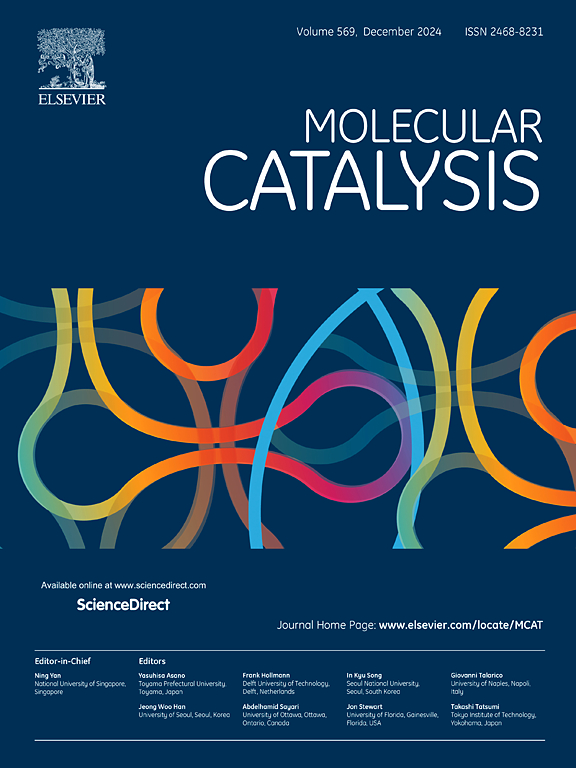Photoinduced pinacol coupling of carbon-carbon bonds via triethoxysilane or Hantzsch Ester
IF 3.9
2区 化学
Q2 CHEMISTRY, PHYSICAL
引用次数: 0
Abstract
The photocatalytic reductive coupling of carbon-carbon bonds via pinacol coupling represents a significant transformation in organic synthesis chemistry. Several elegant studies have reported the use of metal or organic photocatalysts in this process, but these often lead to trace metal residues or involve intricate operational procedures. Herein, we report a photoinduced pinacol coupling of carbon-carbon bonds from ketones, achieved under photocatalyst-free conditions using triethoxysilane or Hantzsch ester as the reductant. In the model reaction employing benzophenone as substrate and triethoxysilane as the reductant, the corresponding pinacol product was obtained in 96 % yield under 370 nm LED light irradiation. Similarly, when Hantzsch ester served as the reductant, the pinacol product was obtained in 95 % yield under 423 nm LED light irradiation. The substrate scope demonstrated that six substrates yielded the corresponding products with yields ranging from 40 % to 96 %. Notably, when acetophenone, a substrate with minimal steric hindrance, was used under the established conditions, only 1-phenylethanol was produced. This work introduces two practical methods for the synthesis of carbon-carbon coupling intermediates through pinacol coupling of benzophenone-derived substrates, positioning these methodologies as promising candidates for various applications.

求助全文
约1分钟内获得全文
求助全文
来源期刊

Molecular Catalysis
Chemical Engineering-Process Chemistry and Technology
CiteScore
6.90
自引率
10.90%
发文量
700
审稿时长
40 days
期刊介绍:
Molecular Catalysis publishes full papers that are original, rigorous, and scholarly contributions examining the molecular and atomic aspects of catalytic activation and reaction mechanisms. The fields covered are:
Heterogeneous catalysis including immobilized molecular catalysts
Homogeneous catalysis including organocatalysis, organometallic catalysis and biocatalysis
Photo- and electrochemistry
Theoretical aspects of catalysis analyzed by computational methods
 求助内容:
求助内容: 应助结果提醒方式:
应助结果提醒方式:


